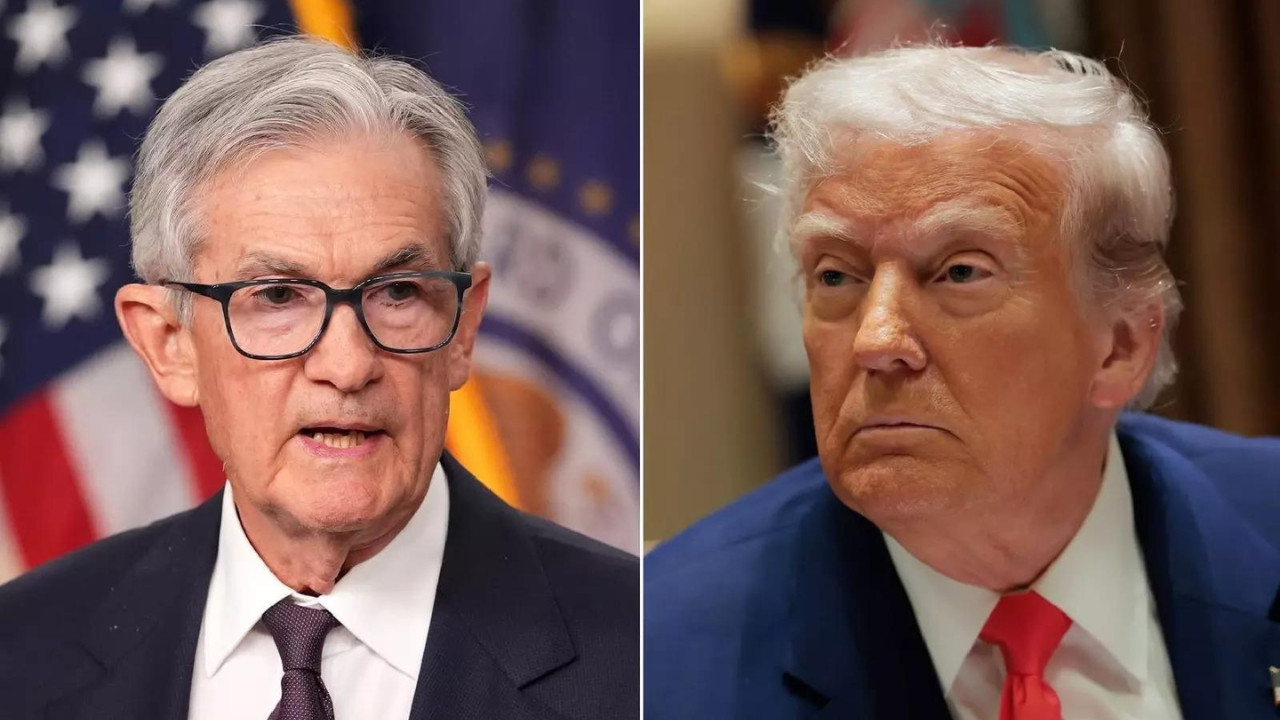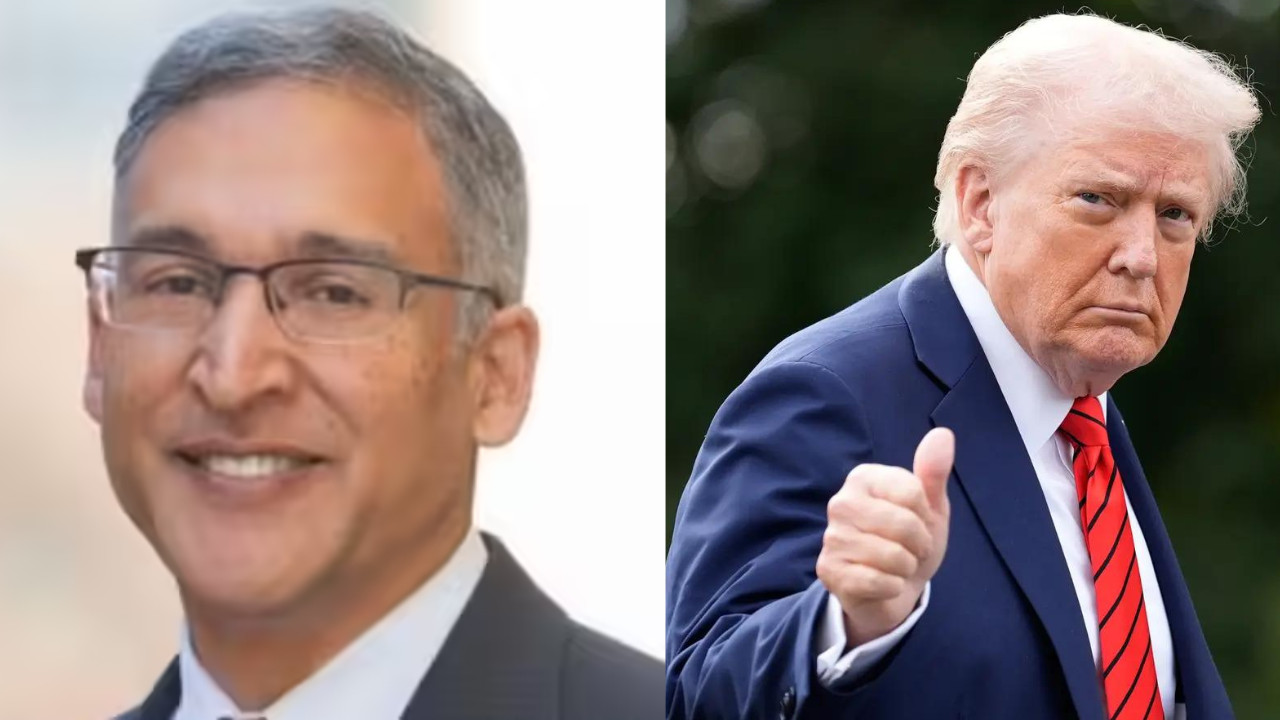President Trump has expressed his dissatisfaction with Federal Reserve Chair Jerome Powell’s performance, describing it as “lousy.” While dismissing immediate plans for Powell’s removal, Trump hinted at potential changes when Powell’s term concludes next year. Trump has been advocating for interest rate cuts to stimulate economic growth, leading to increased tension between the White House and the Federal Reserve.
Navigating the Murky Waters of the Federal Reserve: A Potential Shift on the Horizon
The relationship between the White House and the Federal Reserve is perpetually under scrutiny, a delicate dance of power, policy, and public perception. Recently, that scrutiny has intensified, with former President Donald Trump voicing strong opinions about the current Fed chair, Jerome Powell. While stopping short of explicitly stating he would fire Powell if re-elected, Trump’s remarks have certainly thrown the future leadership of the central bank into question, specifically what this may mean for Fed Policy.
The current term for Powell extends until 2026, creating a unique scenario. Even if Trump were to win the upcoming election, he wouldn’t be able to directly remove Powell before his term concludes. However, Trump hasn’t been shy about expressing his dissatisfaction. He labeled Powell as “lousy” and hinted at significant changes likely to occur when Powell’s term expires.
This isn’t the first time Trump has publicly criticized the Fed. During his previous presidency, he frequently voiced his disagreement with the Fed’s interest rate policies, breaking with a long-standing tradition of presidents largely refraining from commenting on the Fed’s independent decision-making. This latest commentary suggests a continuation, or perhaps even an escalation, of that critical stance.

So, what impact might these comments, and the potential for a different Fed chair in 2026, have on the economy? The markets are always sensitive to signals from the Fed. The prospect of a more politically aligned Fed chair could potentially lead to a shift in monetary policy, impacting everything from interest rates and inflation to economic growth and unemployment.
A change in leadership could dramatically alter the Fed’s approach to managing inflation, particularly if the new chair favors a more aggressive or dovish stance. The potential implications extend to long-term investments, as investors try to anticipate future directions. Imagine the impact on mortgage rates, business loans, and even the value of the dollar if the market perceives a major shift in the Fed’s philosophy.
Furthermore, the perception of political influence on the Fed could erode public trust in the institution’s independence. The Fed’s credibility rests on its ability to make decisions based solely on economic data, free from political pressure. Any perceived bias could undermine its effectiveness in managing the economy.
The upcoming election cycle is bound to bring further scrutiny to the Fed’s actions and the potential for future leadership changes. Understanding the dynamics between the White House and the Fed is crucial for anyone trying to navigate the complexities of the financial landscape.
The ripple effects of this potential shift in Fed Policy are far-reaching. From everyday consumers to multinational corporations, the Fed’s decisions touch nearly every aspect of our financial lives. It’s a topic worth watching closely as we approach the next chapter in American economic policy. For more on the intricacies of the US financial system, read this article on navigating economic uncertainty.
Ultimately, the future of the Federal Reserve and its approach to monetary policy hinges on the outcome of the upcoming election and the subsequent decisions made regarding its leadership. The potential for a shift in philosophy, driven by political influence, presents both opportunities and risks for the economy. As we move closer to 2026, expect continued debate and speculation about the future direction of this vital institution, and its potential impact on our financial well-being.







